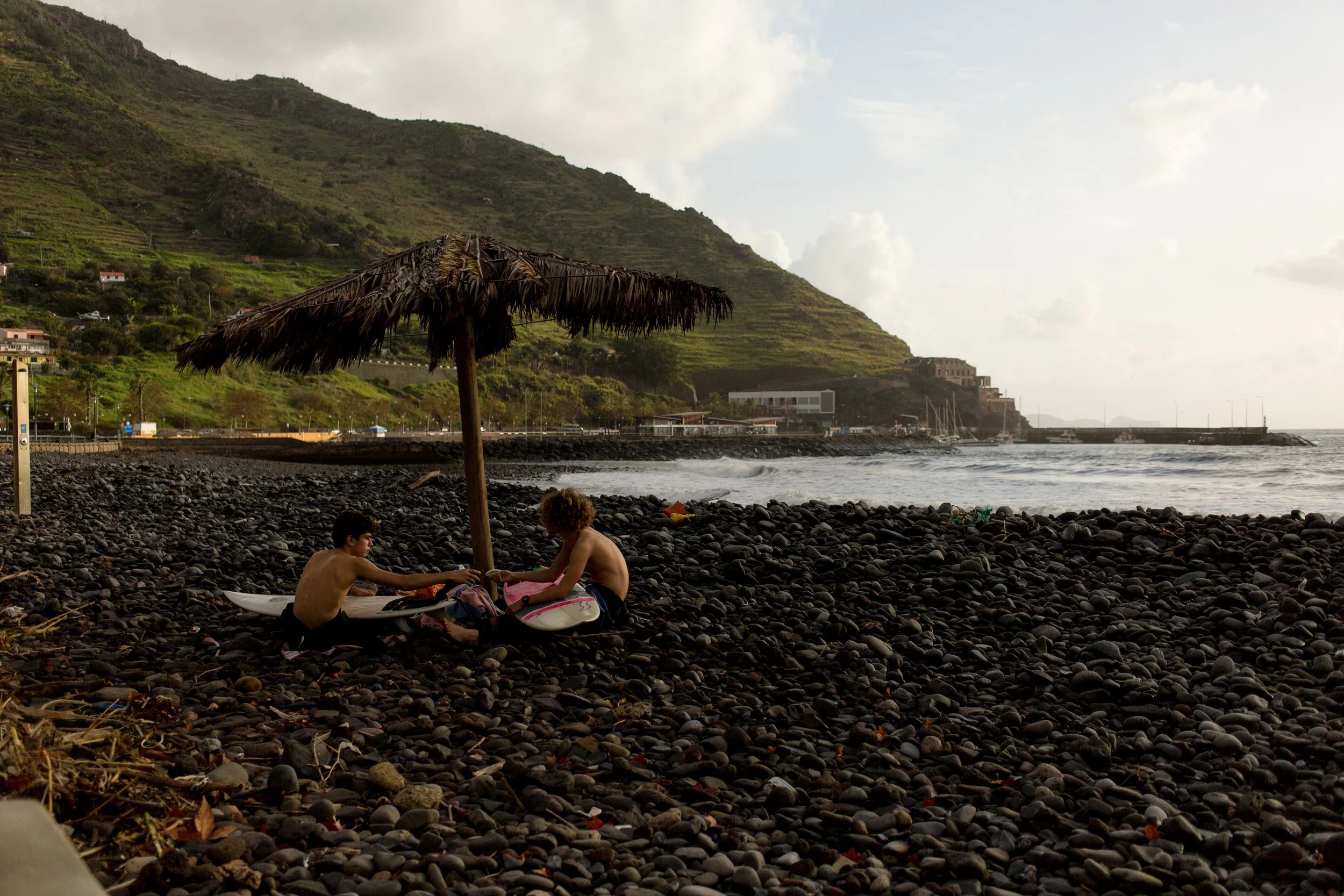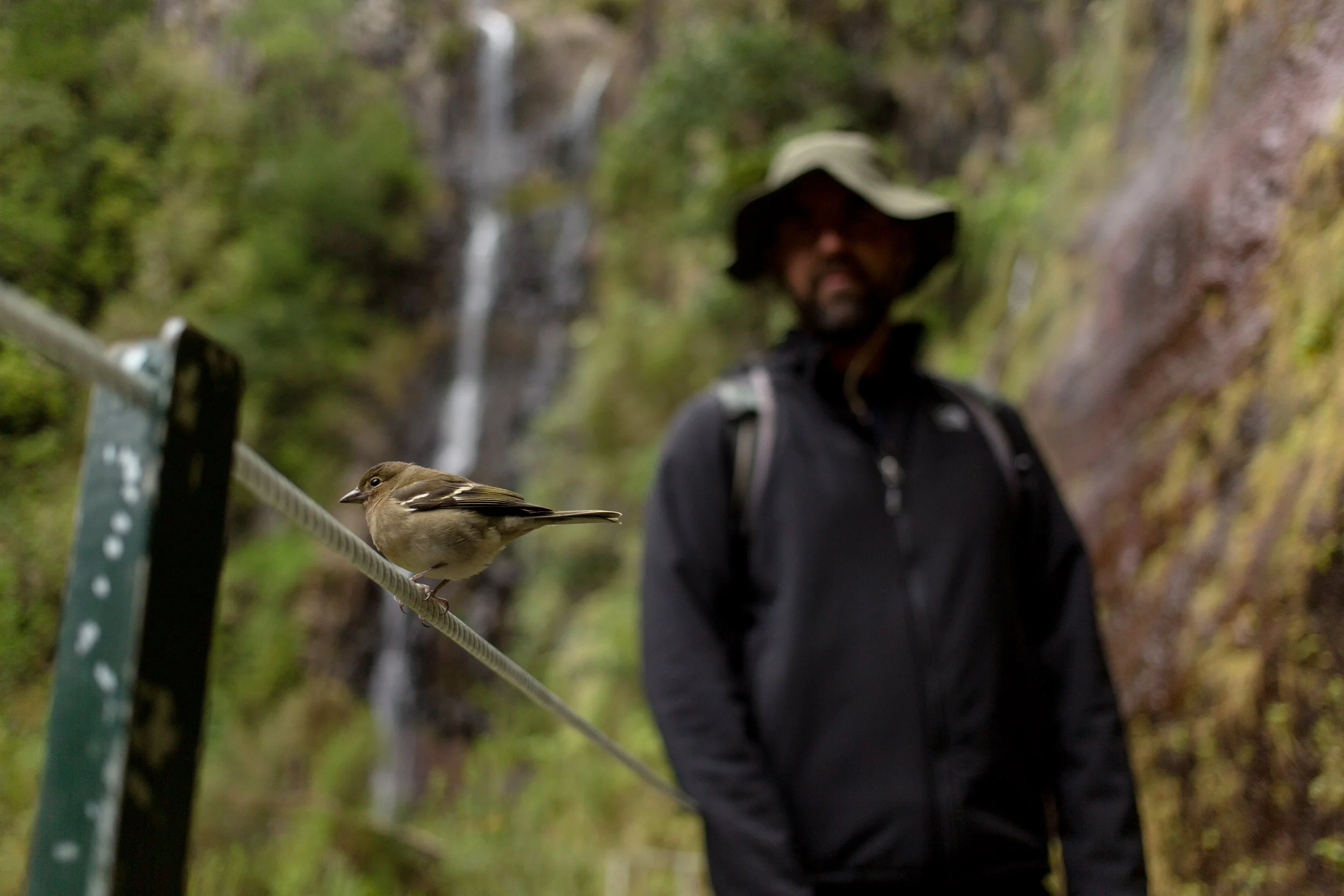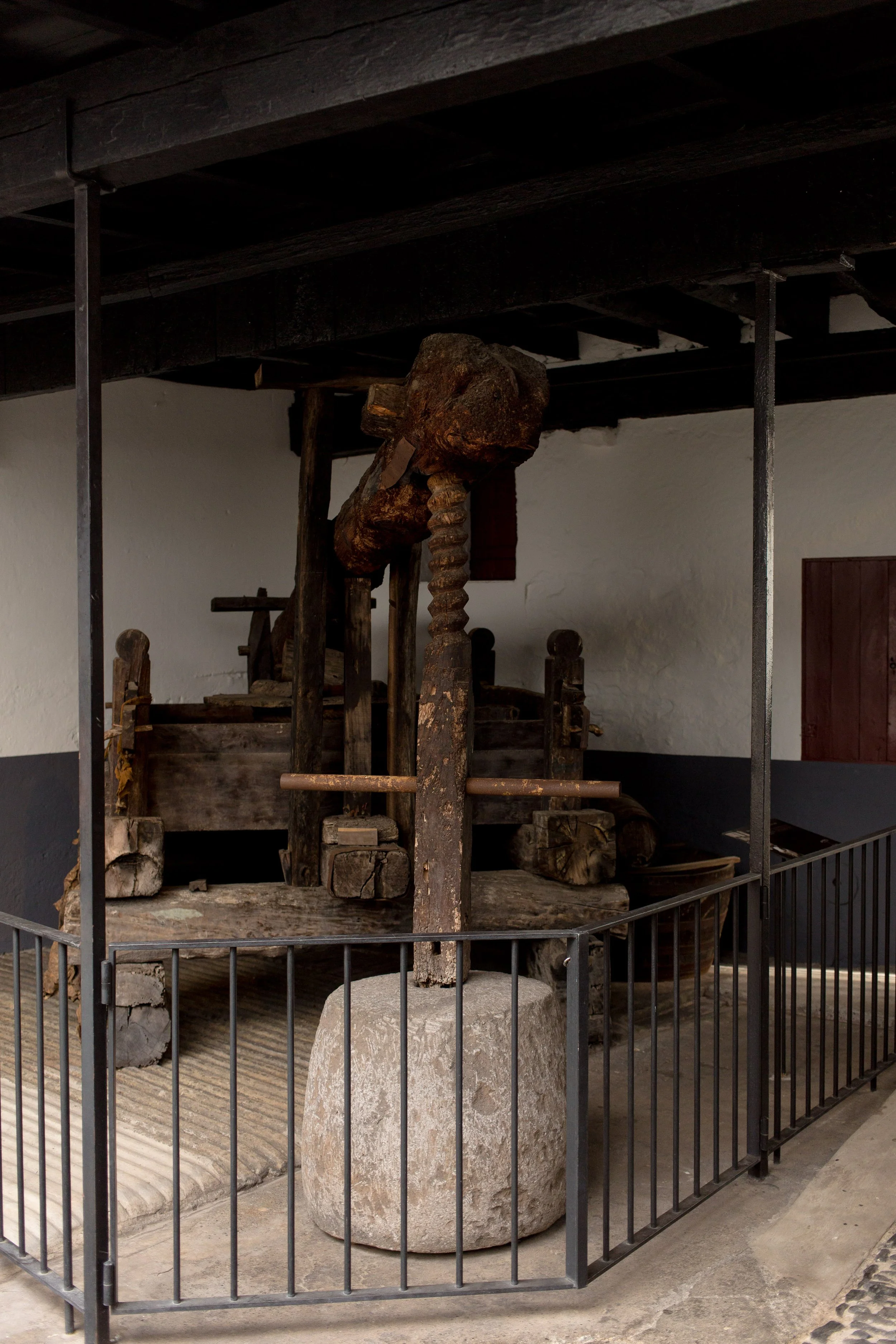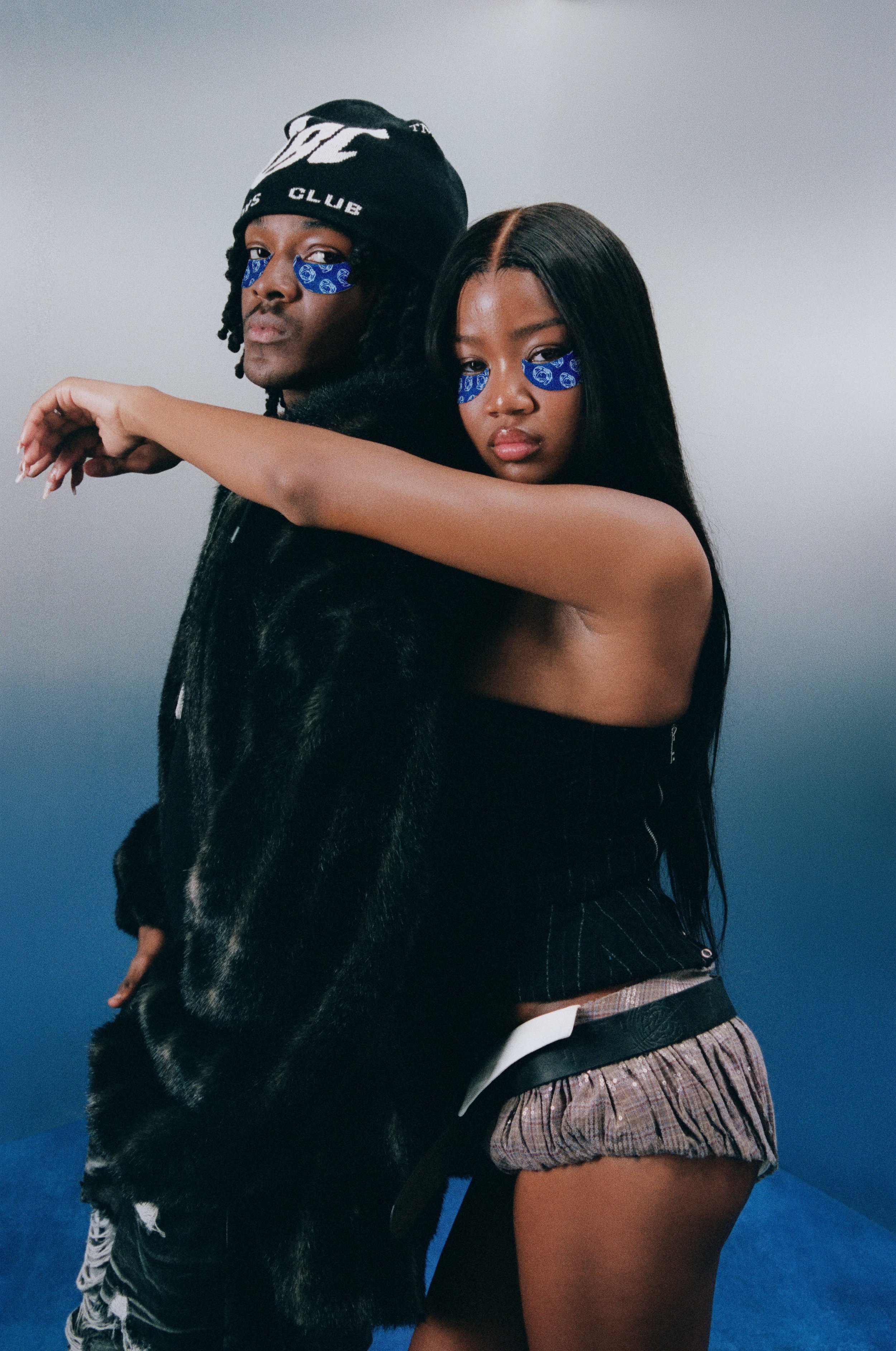Madeira Is The Destination For Travelers Of Culture And Lifestyle And The Home Of Christiano Ronaldo
Off the Southwest coast of Portugal, deep into the Atlantic Ocean, sits the island nation of Madeira. Directly to the west of the city of Casablanca, Morocco is the Portuguese island built on a shield volcano, which shoots 20,000 feet up from the seabed beneath the waters. The island of Madeira is an exploration destination for adventurers, food-lovers, retirees, and those who seek to expand their idea of a vacation. With 600 years of Madeiran culture influenced by Portuguese settlers, they manifested an autonomous region of Portugal with a population of just over 250,000 people.
Home to the very best soccer player, possibly all-time, Christiano Ronaldo, Madeira has the same familiar charm as the famous footballer. Ronaldo’s talent is honored in a dedicated museum, a larger-than-life bronze statue, a wax sculpture of Ronaldo by sculptor Michael Wade, and a bust of the impressive athlete at a namesake airport. Although a great reason to visit the island, there is much more to keep you active than finding a local soccer field.
First encountered in the uncharted waters of the Atlantic by Portuguese explorers in 1419, the island would reap a generous amount of wood used for making necessities like boats, tools, and barrels for wine, as well as other objects in use during the 15th century. Without a larger awareness of the forest's ecosystem, the Portuguese left the landscape barren and void of indigenous plants. Australian eucalyptus, planted by those early settlers to replace the removed trees in an attempt to reforest and preserve the. landscape, have dominated the foliage ever since.
Ironically, the island was named “Wood” translated in English, aptly named in Portuguese as “Madeira.” Its literal translation was the primary reason for claiming the island, but today, the indigenous trees of the island no longer exist. You can smell the aroma of eucalyptus on the hiking trails throughout the mountains.
With occasional rain, the hiking experience through the trails and mountainsides of Luarissilva Forest reveals several waterfalls and different kinds of plant life. The small footprint of human infrastructures scattered throughout the trails leads you to stone staircases, one staircase descends to a cafe that serves brunch items.
Other relics of the forest’s past remain due to workers who preserved the land. There is a tunneled cave that tells a story of a young wandering child, found deceased after a cold night, generations ago. Around every boulder, rock wall of the mountainside was a stream that flowed into the ‘Lavadas’ - gutters - alongside the hiking trails and throughout the different hillside towns around the island.
Several hundred-foot-high waterfalls would peek out from the crevasses of the mountain walls when venturing high enough on the 6,000-foot tall island. One resort has captured the experience as you can peruse the vineyard grounds at the Quinta Do Furåo, located on a cliffside in the capital, Funchal. It's the only overhead land view of a waterfall on the Northeast coast of the 35-mile-long island.
Groups of hikers from all over the world enjoy paths during the morning with enthusiasm untampered by rain. Hikers in Madeira come prepared, decked out in their Arc’Teryx trousers, Helly Hanson shell jackets, and Patagonia bucket hats, to name a few looks. Some hiking paths are closed off for safety reasons. On the trail, a family of local birds has familiarized themselves with hikers, pestering them for food. Different songbirds will also enhance the walk through the woodlands especially with their beautiful singing
With many trails in and out of the little towns nestled with the eucalyptus trees and small villages surrounded by local agriculture and banana-tree plantations, your eyes move just as much as your feet. The Madeira culture is also fond of canyoning, a mountaineering sport, down cliffsides, and waterfalls. With a perfect balance of human influence and natural reclamation, Madeira people have conscious practices that keep their land fertile.
The island of Madiera is a place of natural splendor infused with human industrialization. When building on the island, developers accounted for the steep mountainsides, tall cliffs, lava rock beaches and pools, and terrifying waves that crash as if Poseidon himself is attempting to keep inhabitants inland. Despite the raw natural power on display, the first inhabitants trekked and weathered the storms for this island nation.
Madeira is independent in its political and agricultural positioning, separate from Portuguese influence. The people cultivated their own culture separate from the Portugal mainland. Maintaining its charm, Madeira has quaint traditions of food, beverage, leisure, and adventure. They innovated ways to display their exquisite taste and geographical positioning in the Atlantic.
A staple of Madeira island is none other than the fishermen, the boats they fish with, and the abundant coastline. Fishing in the waters off the coast of Madeira island may be one of the most treacherous. Waves crash on the island during the day, tampered by concrete tetrapods resembling magnified concrete jacks, or other wall-like breakwater structures to control the wave volatility at docks and man-made beaches. One beach sealed off by these structures is made entirely of Moroccan sand. The thought crosses the mind of how men would construct these coastlines under these conditions, hoping there is a calmer season ahead.
The catch of “every'' day is the not-so-attractive Black Scabbard fish. Black Scabbard is an elusive fish that is difficult to find during the day or night. Living below the surface, 600 to 5,600 feet under the Atlantic ocean, fishermen brave the darkness when the fish is closest to the surface. Fishermen would head out in the middle of the night, about 3 am, to catch this delicacy. Reeling in the Black Scabbard at even its shallowest depths causes a decompression upon surfacing, causing the eyes of the oily fish to bulge from its head, looking less desirable for a meal to the untrained eye.
Madeirans have found the most innovative ways to prepare this tender and moist fish. Restaurants serve it with toast and passion fruit on top, and a bar would fry it, placed between signature Portuguese bread as a sandwich, and you may sit down at a place and receive it steamed or pan-seared with fried or steamed banana. Hidden restaurants like Restaurante Faja dos Padres are at the bottom of a cliff in Ribeira Brava, via a cable car, and a brisk stroll through a banana tree farm, where you can enjoy an active sea crash the shoreline while you devourer your scabbard fish.
To eat food in the many small towns and villages is unique in every way possible. Flavors and taste cast a spell on the local cuisine, creating a savory experience coveted by local agriculture, plant life, architecture, and mountainous views. Vineyards found throughout the island offer a taste of the beverage culture of the Madeiran people. Famously known for the ‘Ports,’ Portugal has lent its discovery of dessert wines to its neighboring island.
With over 200 years of family-owned history, Blandy wines have accumulated an exceptional vintage wine collection. Madeira's hidden gem in mixology is the Branca cane rum, a key ingredient. The beer of the island, Coral, is a crisp lager found in every bar and restaurant. All are made right on the island and have a history that is still breeding today. But the drink that one must travel for is the local fisherman’s remedy—something of a legend—called Poncha. The Poncha De Madeira is a cocktail created as a remedy for fishermen who got sick and fell under the weather.
Fresh-squeezed orange for its vitamin c, freshly squeezed lemon for its cleansing abilities, some organic honey for its antibacterial qualities, and the Branca brand cane rum make the Poncha cocktail designed for any time of the day. A few local bars are known to concoct authentic Poncha right in front of you. Smelling the blended citrus aromas is hypnotizing in its thick mix of fluid. They see the drink as a traditional remedy that is to be forewarned by Madeiran barkeeps and patrons, recommending one per day to visitors on the island.
You definitely would not want to be intoxicated while on an excursion in Jeep Discovery SUVs, made for off-roading and vehicles not found in the United States. Hiking trails, natural lava pools, stone beaches, and cable cars up and down the island all have a unique commonplace on Madeira. Those who venture early enough and far enough into the dusk sky can witness a sunrise inversion at the mountain top, but only on a clear day.
Cable cars travel from the shoreline of Funchal up into the mountainside, lasting several minutes, and drop riders off at the Monte Palace Tropical Garden. This 70,000-square-foot garden located at the Monte Palace is a former hotel for the wealthier Madeiran people in the 19th century and was established as a home for an English Consul in the 18th century.
The garden grounds are now home to art, artifacts, trees, flowers, and even koi fish, with museums for more than 1000 African sculptures from Zimbabwe with over 700 on display, dating from 1966 to 1969, sculptures from Asia, and a geology museum. The geology museum has over 300 semiprecious and precious gems, focusing on diamonds in the rough and cut. The walk back up the hill to the entrance provides a chronological exhibit of the many leaders of Madeira dating as far back as the 13th century.
From there, the way back downhill is on the toboggan, the Madeiran version of a roller coaster experience. And it is a great way to come down from the Madeiran high, gleaming of cultured experiences. The hand-made wicker basket sleds are man-powered by two Toboggan runners. In the early 19th century, each toboggan sled runner would pull commuters downhill through the town. Each toboggan runner wears special-made boots with soles from upcycled tire tread, ironically the only thing that would hold up on the thousands of trips up and down the road.
They steer and tow you down a road over a mile long through a town to a stop by the Funchal shoreline road. For about 10 minutes, you are on one of the most exhilarating activities on the island. Toboggans are an alternative to the hiking trails and canyoning, providing a vintage look at transport for the everyday Madeiran.
The unique experience that makes Madeira a place for curiosity is embedded in its architectural history and innovative infrastructure. The island has over 150 tunnels and caves that cut through the island while using Lavadas, a centuries-old water irrigation technology. Waterfalls flush tons of water that accumulates from way up in the mountains. Captured by the foliage and sentiments, this display of natural and synthetic beauty is maintained and cherished. Welcoming as they are, Madeiran people hold tradition and culture close to their hearts and are the root of its existence and the entire experience. They pass on the land to their children as a relic and a beautiful piece of the world.
HOW DO YOU FEEL ABOUT FASHION?
COMMENT OR TAKE OUR PAGE READER SURVEY
Featured






























Miami Art Week 2025 Powered by Art Hearts Fashion closed out the year with a high-impact, citywide series of runway shows, designer debuts, and star-studded events across Miami’s most iconic venues, celebrating global creativity, inclusivity, and the intersection of fashion, art, and culture.